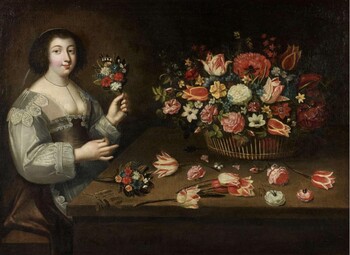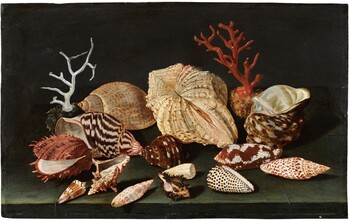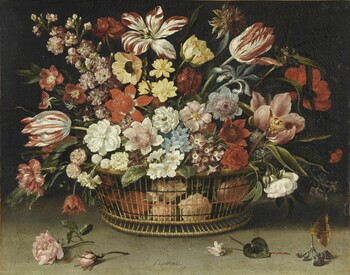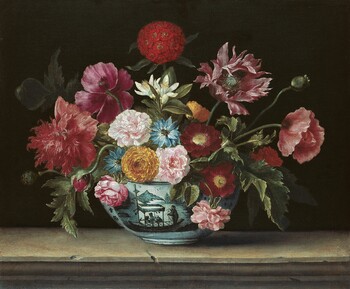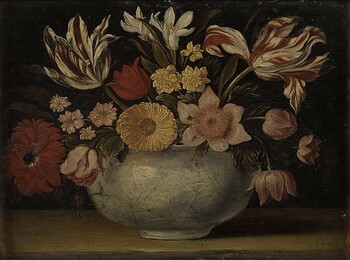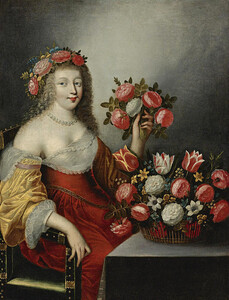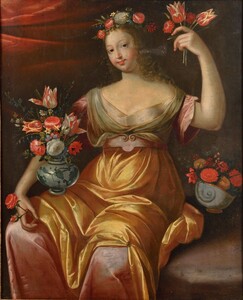Jacques Linard
La bouquetière (the flower girl)
Oil on canvas : 98 X 133 cm
Unsigned
Sold at Ader-Tajan Paris, 28/06/93
For 250.000 FF (+ buyer’s premium) = 38.112 € (+ BP)
Unsold at Artcurial Paris, 31/03/18
Estimate : 50.000 – 70.000 € (+ buyer’s premium)
Unsold at Bonhams London, 5/12/18
Estimate : 25.000 – 35.000 £ (+buyer’s premium) = 28.000 – 39.300 € (+ BP)
This is a comparative item

Painting for Sale
Comparative paintings
Click photos for more details

